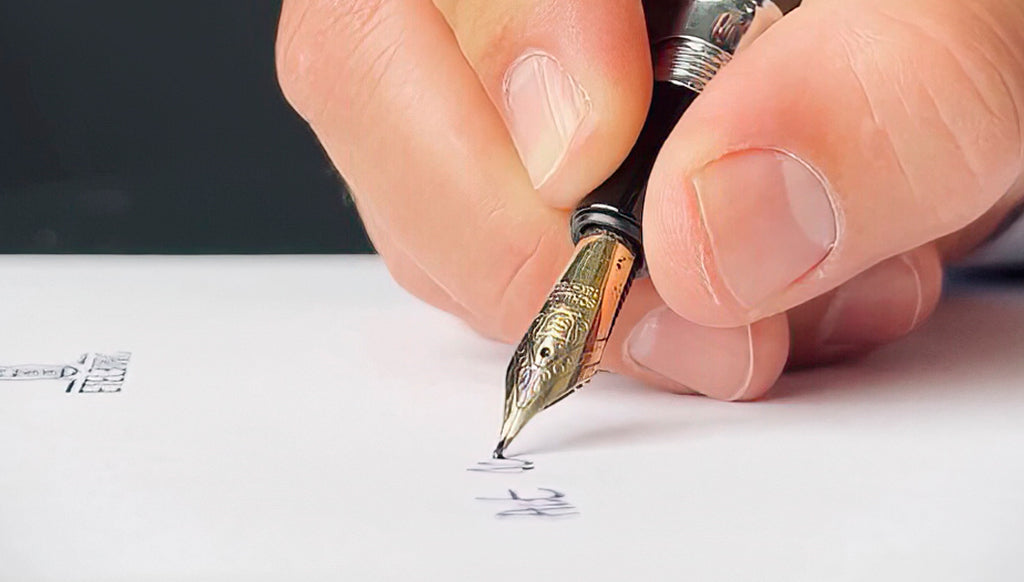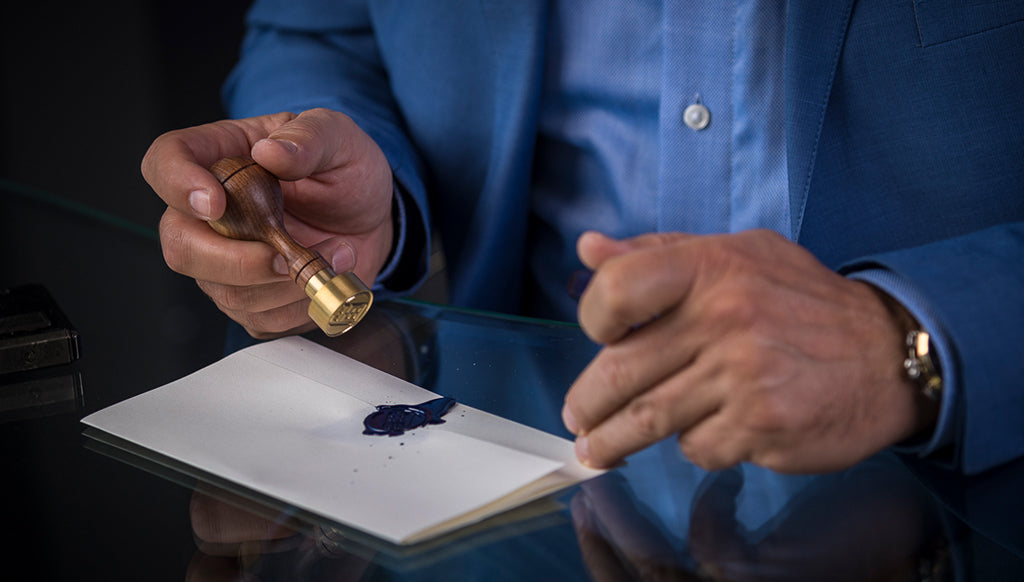What does your signature reveal about you?
Signatures are unique codes used to authenticate documents, sign letters such as a love letter. Signatures are also widely believed to be the reflection of one’s personality. But what does science say? Isn’t this an overstatement? Or should we trust the judgements of graphologists?
You may not even be aware of the number of times you write down your name each day. When the postman comes, when you collect your new ID card or when you sign a new contract. Some of these are only a formality while others concern decisions about large fortunes, billions or at least they confirm one’s decision.
A signature is created soon after one learns to write but it, naturally, changes and improves a lot over the years. And the opportunities for that are abundant as one may write down their signature during their lifetime up to tens of thousands of times.

Some people stick to a time-tested and proven form throughout their lives while others, for example in their teenage years, come to fancy a curved letter combination, a large initial, or an interesting underline and start to studiously practice how to write their new signature. And this is exactly the aspect why a signature may reveal a lot and why it may not. But we will come back to this a little later.
Like a snapshot
Graphologists say that handwriting is like a snapshot of one’s current state of mind, and as such, allows to disclose things they do not say out loud or may even be unaware of. But what do they say exactly?
Here are some examples.
- A legible signature may reflect precision and conscientiousness.
- Ascending writing is broadly believed to represent optimism, ambition and confidence.
- In contrast, lines descending from left to right are associated with pessimistic attitudes.
- Oversized initials are without doubt impressive in a signature and are preferred by many celebrities and powerful businessmen. In the meantime, pretension may also be disagreeable.
- Writing beginning with large initials and continuing with gradually decreasing letters suggests high ambitions but which cannot be achieved due to a lack of stamina and persistence.
- Overlapping words and overcrowded pages may reflect a neurotic personality.
- Round letters and huge loops suggest a feeling and caring character.
- Tiny letters may be associated with the ability to focus, and attention to detail but also inwards orientation and introversion.
- Unclosed forms (such as with letters a, e and g) may reflect an easy-going personality or things left unfinished in life.
- Flawless letters may suggest precision, which can also turn into excessive caution and point to the compulsion to conformity.
- A paraph is a flourish after the signature, which is not part of one’s name. For example, underlines may refer to pride, frames suggest defensiveness, and a circle or heart shape instead of a dot may reflect one’s desire for attention.
Can one have different signatures?
The correct answer is, as usual, very complex so several perspectives need to be considered. One of the ways and a condition for the authentication of documents is when a person being present in a physical space signs the document in question. As a result, it is not recommended that one has two different signatures on a document as it makes identification difficult and the very essence of signatures is lost.
Alternating them by choice is not a good idea either even if one is an amazing calligraphist who fancies a new script every week. In the meantime, it is also true that a signature is a unique code and one can independently decide how they sign something. Consequently, one can face problems if they change their signature but it cannot be prohibited by any authorities or legislation.

Also, there are people who intentionally use different signatures. Here is a simple example. There are many artists who are known to have used slightly different signatures on their various works of art, paintings, sculptures or etchings.
Finally, let’s briefly look at some distant countries and cultures where signatures are not necessarily given with a pen. For example, the artist’s signature in Chinese and Japanese art is in essence a seal made from carved stone. This is basically a branch of calligraphy and artists frequently use multiple carved seal stones, for example, in different seasons or in the various phases of an artist’s life. As an example, one of China’s most important painters, Qi Baishi (1864–1957) carved and used hundreds of such seals during his long career.
Readers less keen on handwriting are probably reluctant to accept that European cultures do not have such a simple solution for a signature. But the good news is that our unique pens are designed to make handwriting enjoyable and a pleasant experience. Whether you make a routine movement or sign a multimillion contract, your signature written with Etelburg pens will be exactly like what you want it to be.
When signing one’s name, it is important that the instrument supports it and does not prevent it. A crucial part of this is the script, the continuity of slowly or dynamically drawn lines, and the degree of friction between the paper and the writing instrument. This is why a ballpoint pen is typically not good for this purpose. However, the fountain and rollerball pens Etelburg offers are each the optimal choice.

